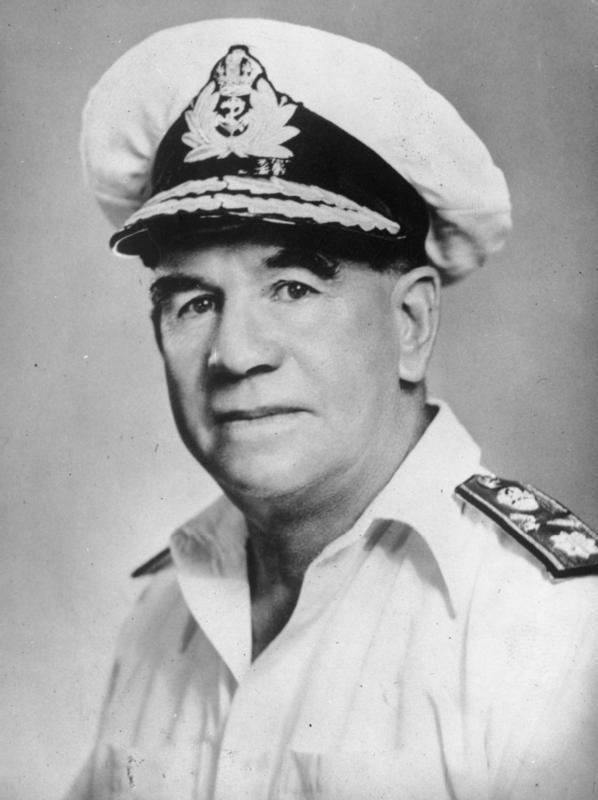Allegiance United Kingdom Unit No. 104 Squadron RAF Rank Rear admiral | Name Arthur Rattray Years of service 1912–1946 | |
 | ||
Battles/wars World War I • Mesopotamian Campaign • Western FrontWorld War II Service/branch Royal Indian Navy, British Army, Royal Air Force | ||
Rear Admiral Sir Arthur Rullion Rattray (1891 – 10 August 1966) was a British naval officer who served in the Royal Indian Marine, and also on attachment to the Royal Flying Corps and Royal Air Force during World War I, where he was credited with five aerial victories, to become an ace. He later rose to senior rank in the Royal Indian Navy during World War II.
Biography
Rattray was born in Gatehouse of Fleet, Scotland, the fourth of five children born to Arthur Rattray, a retired Indian Civil Servant and judge, and his wife Mary Louise Wakely (née Sutherland). His parents had returned from Bengal, where their first three children were born, in around 1889.
Rattray was sent to HMS Conway, a training ship based at Liverpool, in January 1906, remaining there until December 1907. He then trained at HMS Ganges, near Ipswich, before serving in the Merchant Service, working for the Aberdeen-based shipping company of George Milne & Co., until joining the Royal Indian Marine in 1912.
Rattray continued to serve in the RIM after the outbreak of World War I, but on 15 February 1917 he was appointed a temporary lieutenant on the General List to serve in the Army's Royal Flying Corps as a flying officer (observer), with seniority from 7 November 1916, but without prior pay or allowances. He served in the Mesopotamian Campaign, gaining a mention in despatches from the Commander-in-Chief, Lieutenant-General Sir Stanley Maude, on 15 August 1917.
By mid-1918, by which time the Royal Flying Corps and the Royal Naval Air Service had merged to form the Royal Air Force, Rattray was serving in No. 104 Squadron, based in France, flying as gunner/observer in a Airco DH.9 two-seater bomber. His first aerial victories came on 12 August 1918 over Saverne, when he and pilot Lieutenant Pickup destroyed a Pfalz D.III, and shared in the driving down out of control of another with 2nd Lieutenant George Smith and Sergeant William Harrop. On 22 August he and Lieutenant Pope destroyed an Albatros D.V over Mannheim. His final two victories come in October, with Lieutenant J. H. Cuthbertson as pilot. They destroyed an enemy aircraft over Anney on the 23rd, and a Fokker D.VII over Jametz on the 29th.
Rattray left the RAF after the war, rejoining the Royal Indian Marine, which became the Royal Indian Navy in 1934. On 26 December 1934 he was promoted from lieutenant commander to commander, and to captain on 5 April 1940. By the time he was made a Companion of the Order of the Indian Empire on 1 January 1943, he was serving as a commodore, and by 14 June 1945, when he was made a Companion of the Order of the Bath, had been promoted to rear-admiral. He was serving as Flag Officer, Bombay, during the 1946 mutiny. Rattray was made a Knight Commander of the Order of the British Empire on 1 January 1948, two weeks before his retirement on 13 January.
Rattray, died at his home in Camberley, Surrey, on 10 August 1966.
